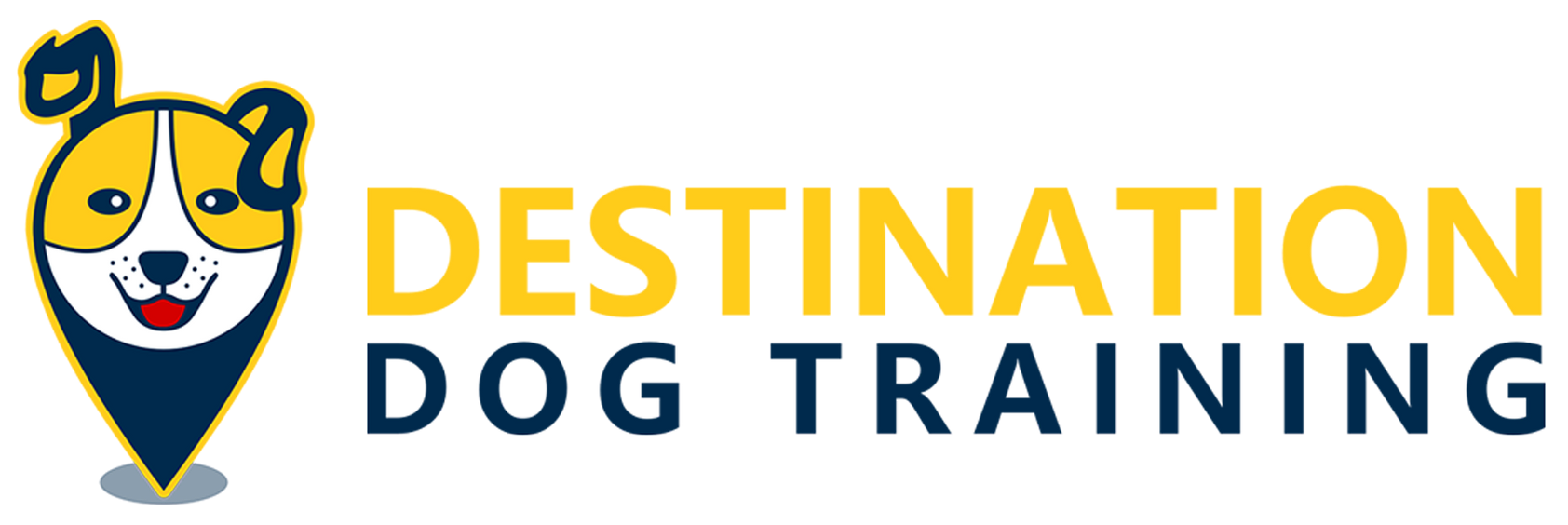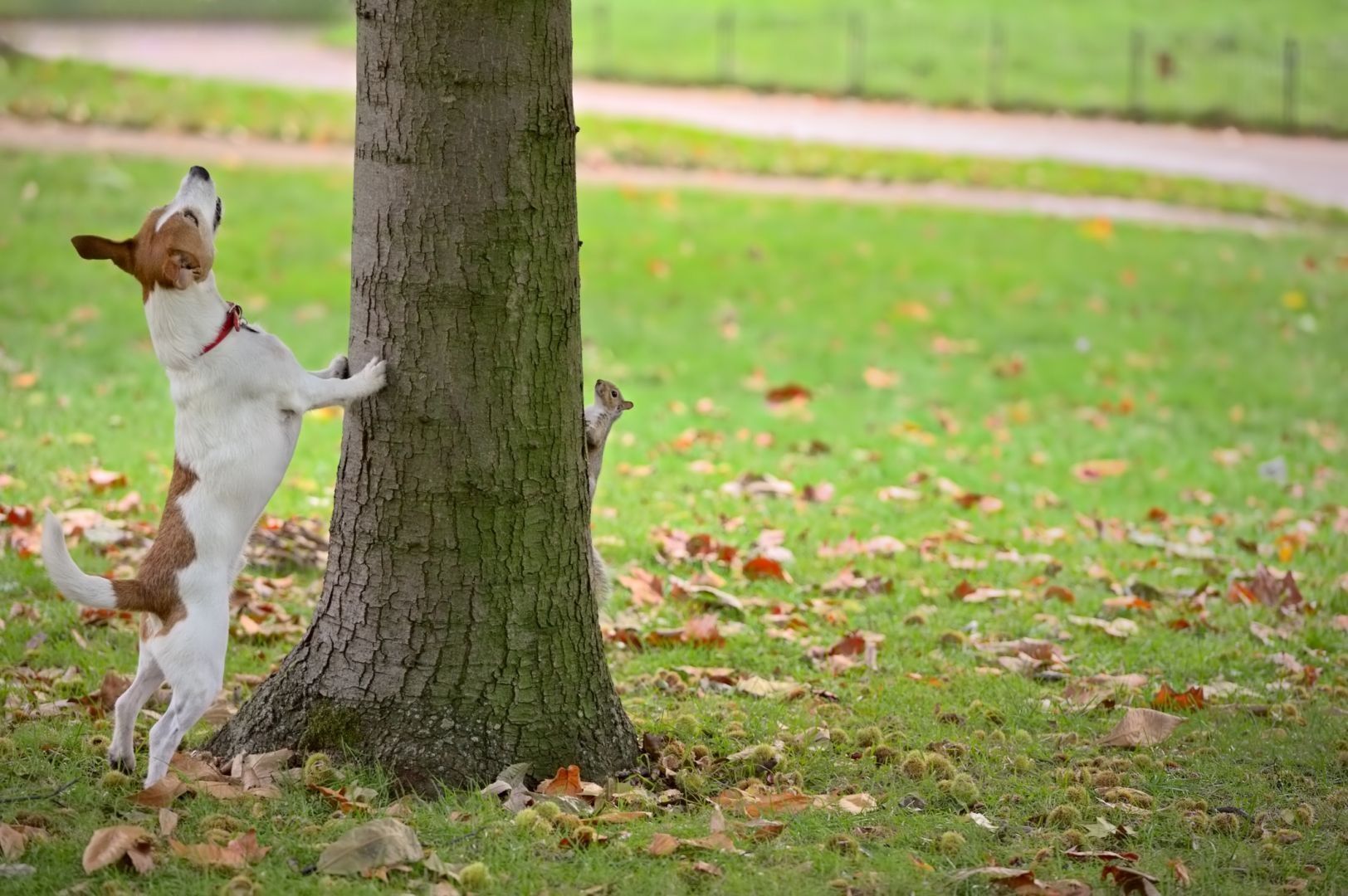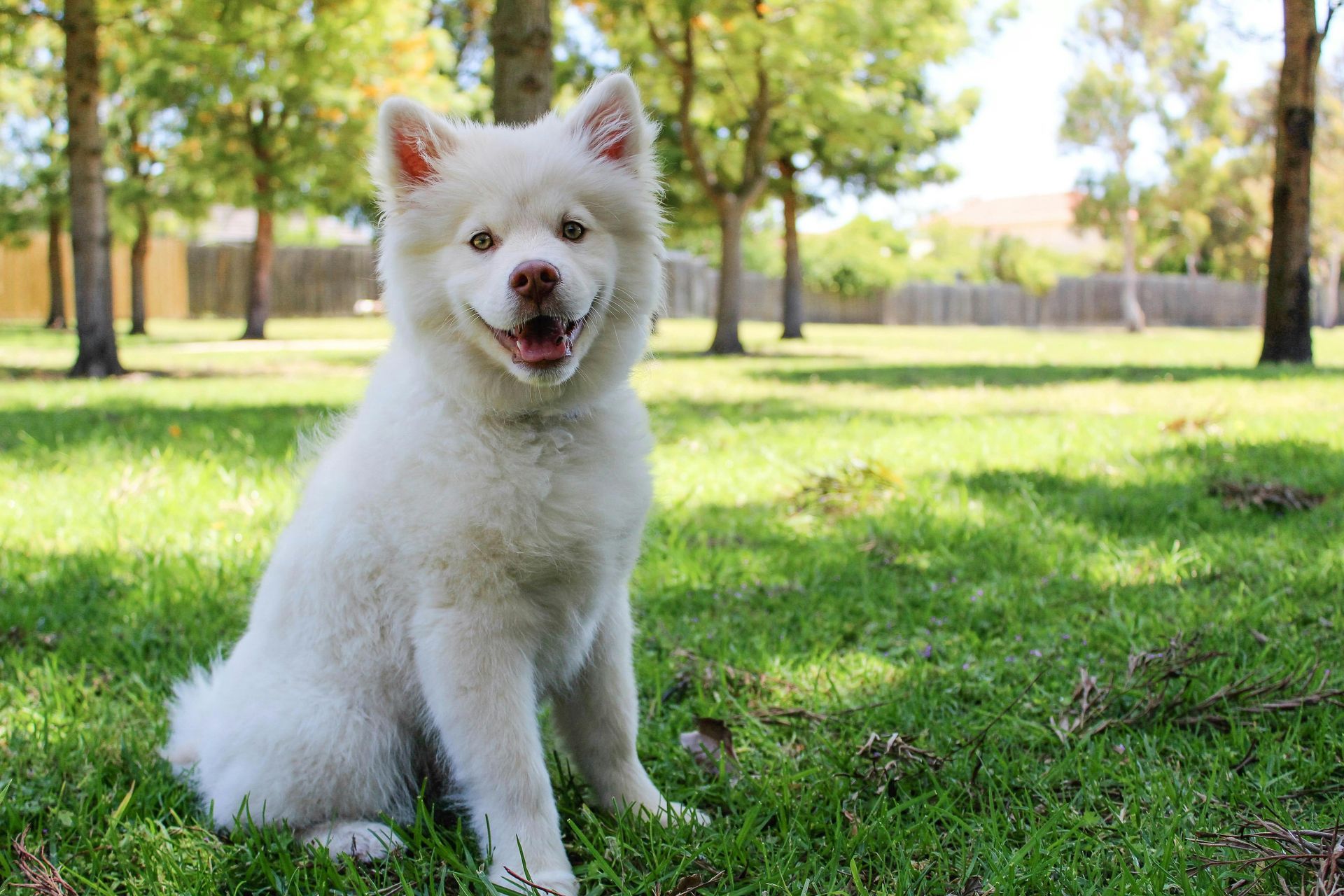Understanding Your Dog’s Body Language
Reading the Signals Behind Every Wag, Bark, and Glance
Dogs are constantly communicating—but not always with words. From the tilt of their head to the position of their tail, your dog’s body language reveals how they’re feeling and what they’re trying to say. Learning to interpret these signals is one of the most valuable skills a dog owner can develop. At Destination Dog Training, we emphasize communication and understanding as the foundation of every strong human-dog relationship.
Why Body Language Matters
Clear communication builds trust. When you can recognize the signs of stress, excitement, or uncertainty, you can respond appropriately and prevent misunderstandings before they turn into behavioral issues. Dogs rely on subtle cues to express themselves, and paying attention to those signals allows you to meet their needs and guide them effectively.
A wagging tail doesn’t always mean happiness—context is key. A stiff, high tail may signal alertness or tension, while a relaxed, sweeping wag shows calm friendliness. The same goes for ears, eyes, and posture: every detail adds to the story.
Common Signals to Watch For
Understanding these everyday cues helps you better interpret your dog’s emotions:
- Relaxed posture and soft eyes: Your dog feels calm and secure.
- Raised hackles or stiff body: Signs of excitement, fear, or potential aggression.
- Yawning, licking lips, or turning away: Early signals of stress or discomfort.
- Play bow: A clear invitation to interact—it’s your dog’s way of saying “let’s have fun!”
These signals can vary between dogs, which is why observing your dog’s normal behavior is just as important as knowing the general rules.
Using This Knowledge in Training
When you understand what your dog is feeling, training becomes more productive. If they’re anxious or distracted, you can adjust your approach before frustration sets in. At Destination Dog Training, we teach owners how to recognize these subtle shifts and respond with clarity and consistency. That understanding not only speeds up progress but also deepens your bond with your dog.
Strengthening the Connection
Body language is the bridge between you and your dog. By learning to “listen” visually, you’ll be able to communicate more clearly, build trust, and create an environment where your dog feels understood. Training becomes less about commands and more about teamwork—and that’s when real transformation happens.




